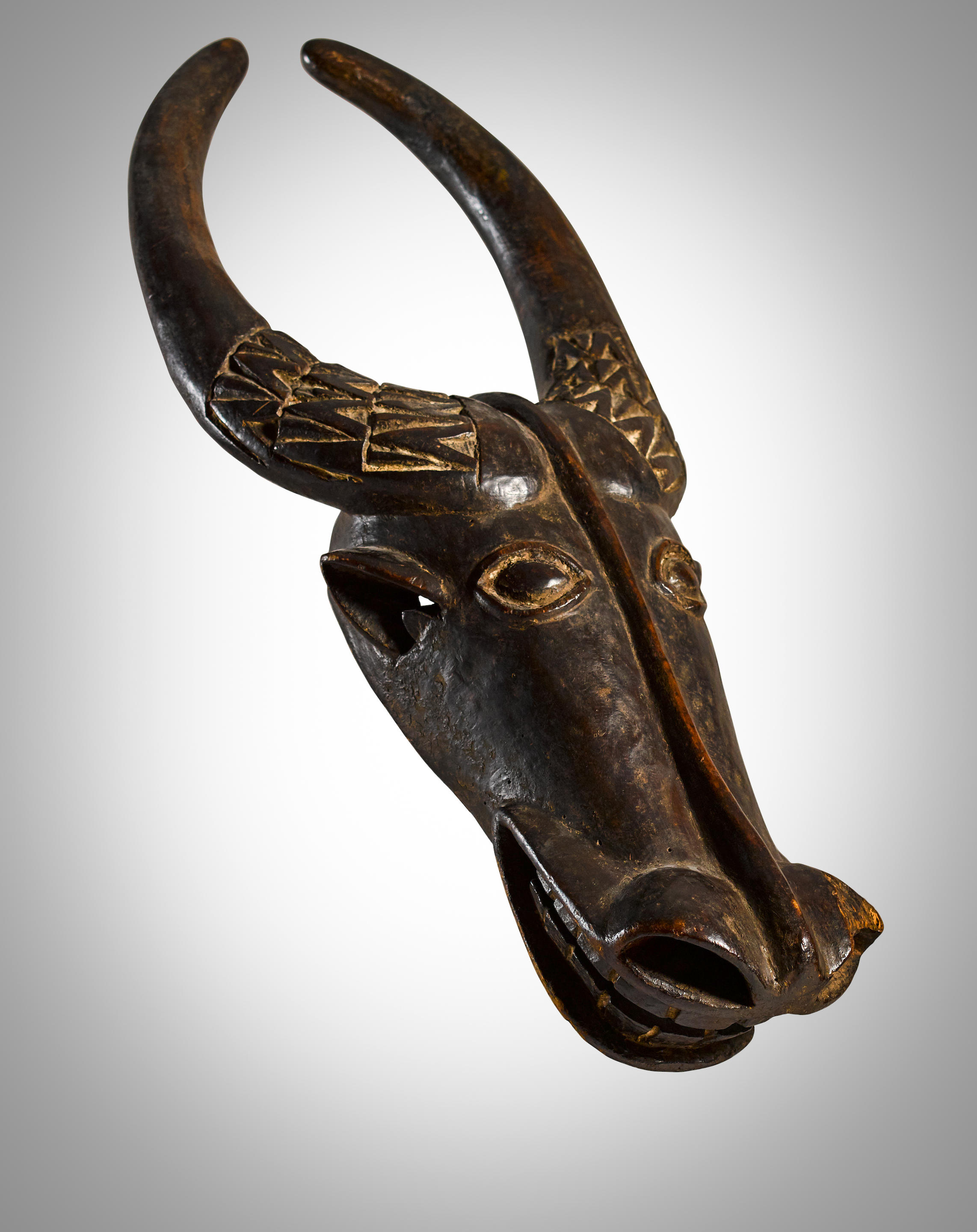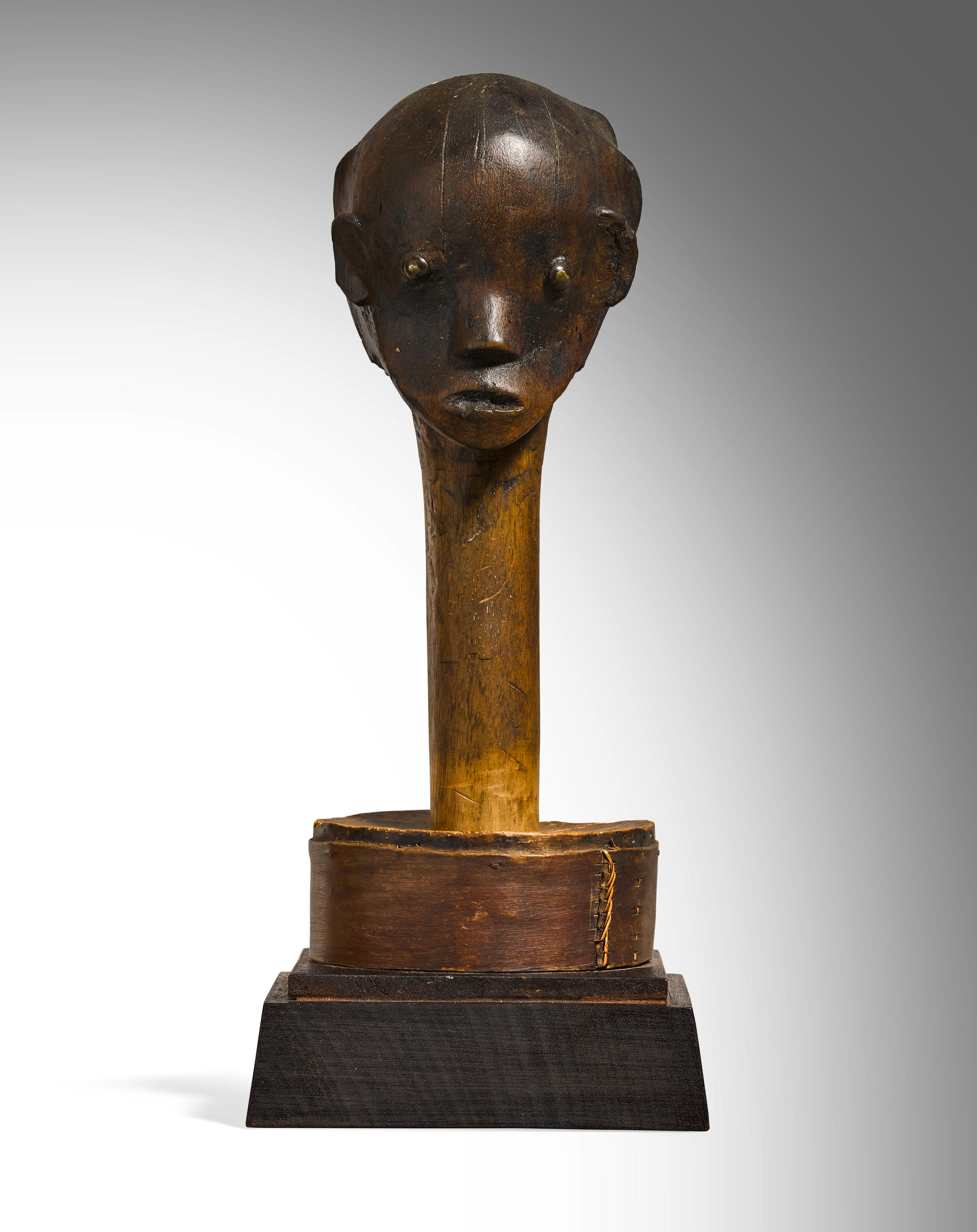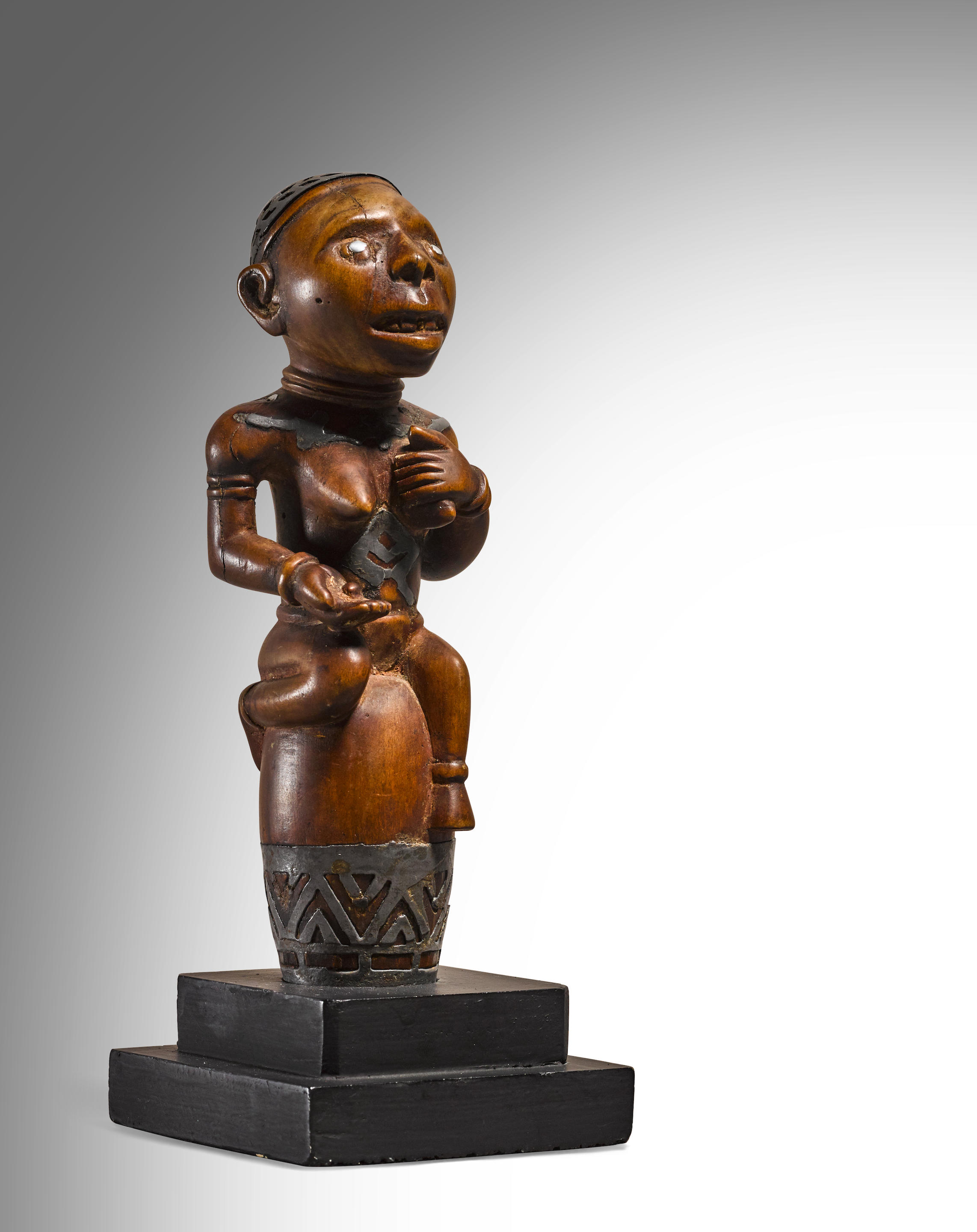Wood height 57in (145cm) Provenance Didier Claes, Brussels Belgian Private Collection "The Mahafaly peoples of Madagascar honor the deceased members of chiefly and royal lineages by creating burial sites of imposing grandeur. Each tomb is a solid boxlike stone sculpture that may be surmounted by as many as thirty wood sculptures. These wooden tomb sculptures commemorate deceased individuals while addressing more abstract concepts concerning the nature of existence after death and the relationship between living and dead. Funerary sculpture is understood not as a direct or literal portrait of the deceased but as a locus of connection with the ancestral realm. The Mahafaly have adopted the term aloalo to refer strictly to the works that are used at royal burial sites. Aloalo is derived from alo , which implies a sense of an intermediary or messenger; the term therefore refers primarily to the work's function and not necessarily its form. Alo also relates to the creation of linkages and, in the context of funerary sculpture, may refer to the visual interlocking of abstract forms integrated into a harmonious design as well the work's role as an intermediary between the worlds of the living and dead." (Metropolitan Museum of Art, WEB, nd)
Wood height 57in (145cm) Provenance Didier Claes, Brussels Belgian Private Collection "The Mahafaly peoples of Madagascar honor the deceased members of chiefly and royal lineages by creating burial sites of imposing grandeur. Each tomb is a solid boxlike stone sculpture that may be surmounted by as many as thirty wood sculptures. These wooden tomb sculptures commemorate deceased individuals while addressing more abstract concepts concerning the nature of existence after death and the relationship between living and dead. Funerary sculpture is understood not as a direct or literal portrait of the deceased but as a locus of connection with the ancestral realm. The Mahafaly have adopted the term aloalo to refer strictly to the works that are used at royal burial sites. Aloalo is derived from alo , which implies a sense of an intermediary or messenger; the term therefore refers primarily to the work's function and not necessarily its form. Alo also relates to the creation of linkages and, in the context of funerary sculpture, may refer to the visual interlocking of abstract forms integrated into a harmonious design as well the work's role as an intermediary between the worlds of the living and dead." (Metropolitan Museum of Art, WEB, nd)















Try LotSearch and its premium features for 7 days - without any costs!
Be notified automatically about new items in upcoming auctions.
Create an alert